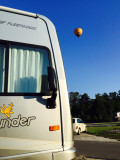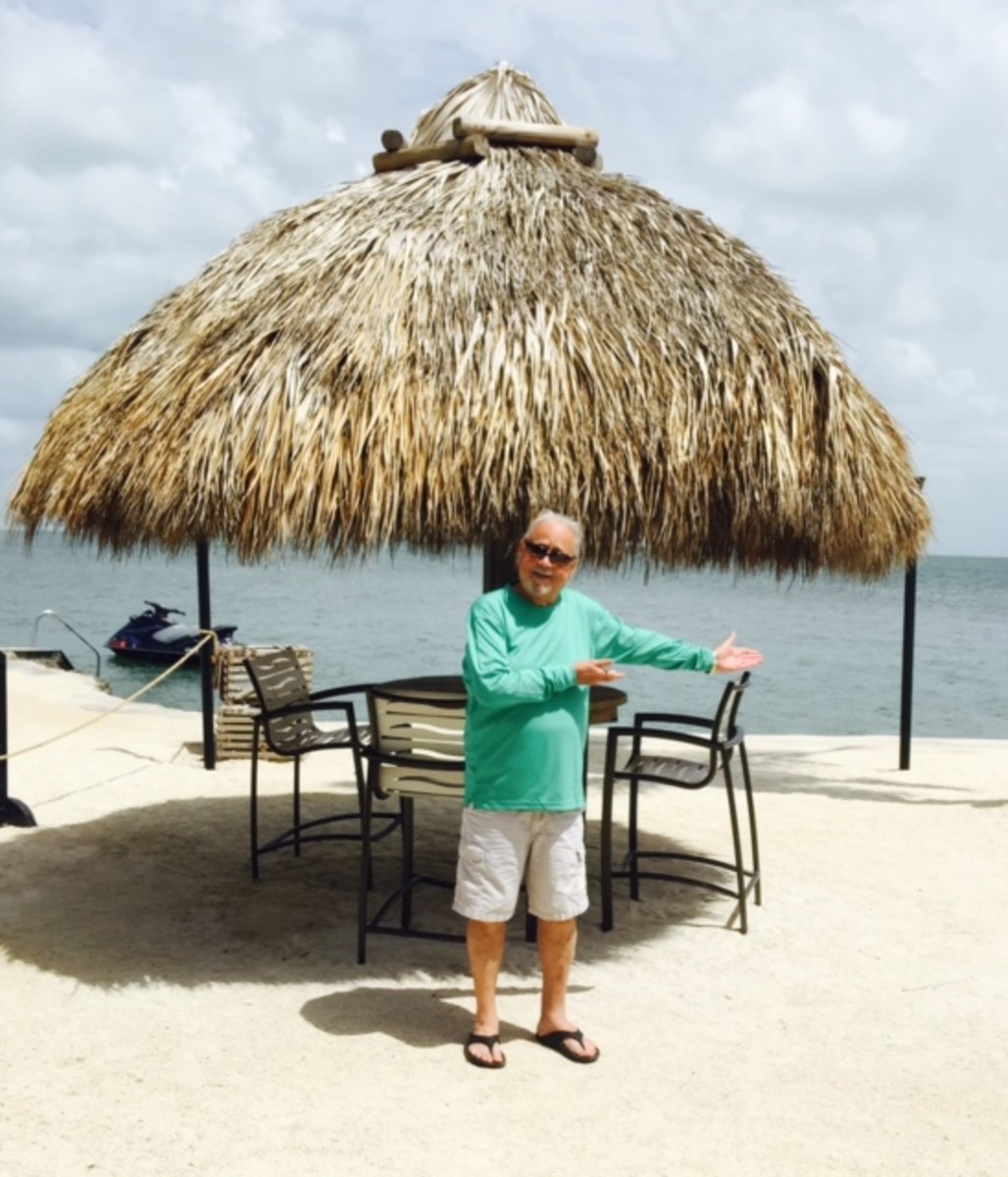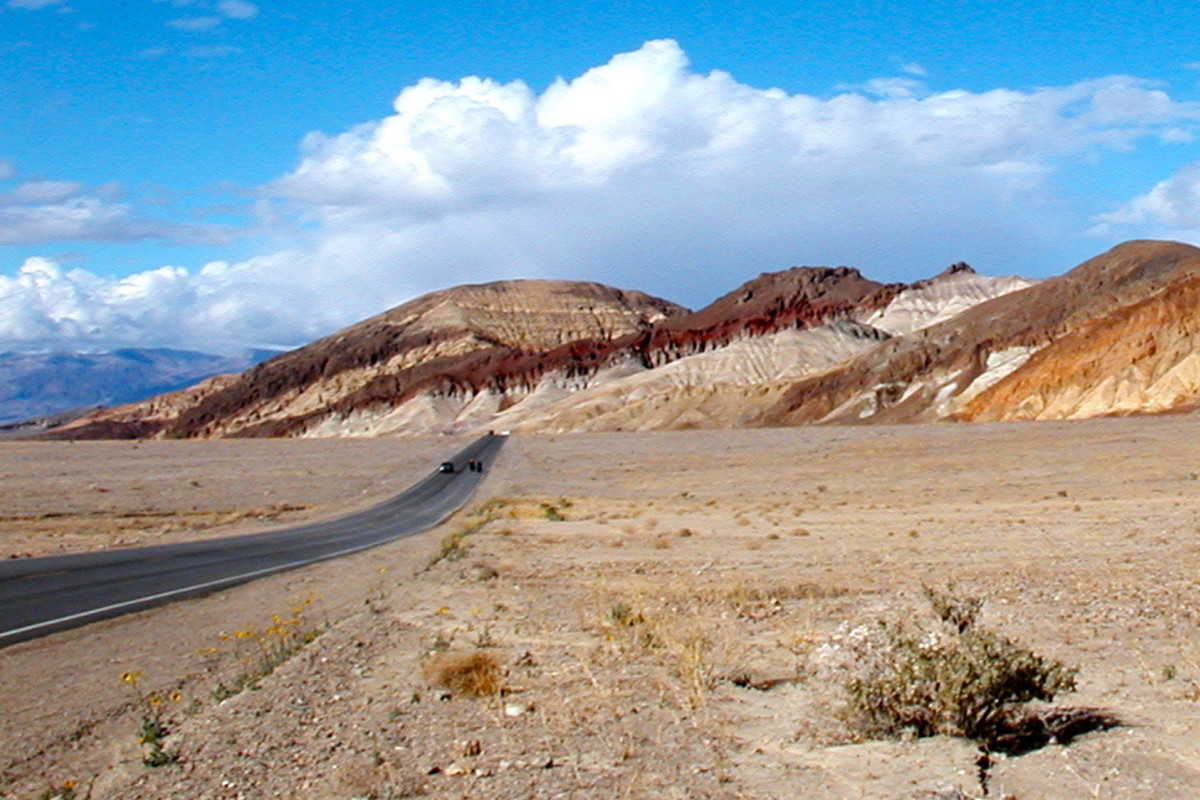Full-time RV Camping advice from Full-time RV Campers
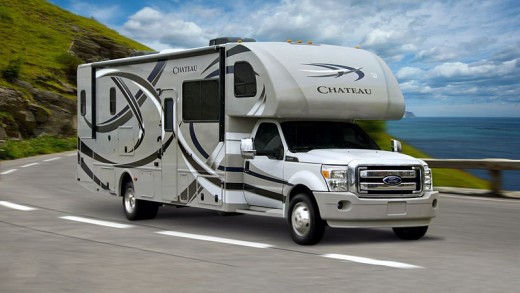
My bucket list includes RV Camping full-time, something I daydream about at least every hour at work. The freedom to go as I please, no alarm to wake up to, no settling in one state, to enjoy as much of the world as I possible can. But of course, self-doubt kicks in – what are the costs, will you be safe, and how do you deal with electricity and fresh water? So, I did some research, and what I found was comforting and inspiring for me to continue to check this dream off my bucket list:
Where to Park When Traveling to Your Destination?
Here’s what full-time RVer Curtis discusses about RV parking outside of RV and natural parks:
Walmart parking lots for free parking at nights – confirm with individual Walmarts as they may vary.
Some stores (like Cabela’s) have designated areas for RV overnight parking and also provide a dump station and fresh water at no charge.
Plan and map your course so that your route includes coming across free parking spots that you can take advantage of.
According to Curtis, by spending no money on lodging his total expenses come up to under $500 a month – not including food.
You can read more about Curtis and his RV travels at RVing Guide.
How Safe is RVing?
According to full-time RVers Russ and Tina De Aris, crimes involving RVs are ‘a very RARE situation’.
Their tips for staying safe in your RV:
First, use common sense. Don’t open your door to anyone (particularly at night) who you don’t know.
Don’t park your rig in neighborhoods infested with “tagging” graffiti.
Keep your doors locked.
Leave the hitchhiker for somebody else to pick up.
If you do stay overnight in a “rest area,” use your own bathroom at night, rather than presenting yourself as an easy mark as you wander up to the public one.
Keep important documents with a trusted friend or relative, in a small bolted down fireproof strongbox within RV, and backed up scans of documents on flash drives.
You can read more about Russ and Tina De Aris and their RV tips at RV Travel.
How Do I Get Electricity?
Full-time RVer Tynan explains that there are two classes of devices in an RV that need electricity, AC and DC. The DC ones run off the battery and these include things like lights, the water pump, the vent fan(s), and anything you can plug into a 12v socket. The AC ones are primarily the air conditioner and the microwave. They get their power from either plugging the RV in to a campsite or 120v socket at a house or by running the generator.
However, Tyan opts to use solar power instead of a generator, which is much more efficient, reduces carbon print, and reduces spending.
You can read more about Tyan’s solar power RV option at Tynan.com.
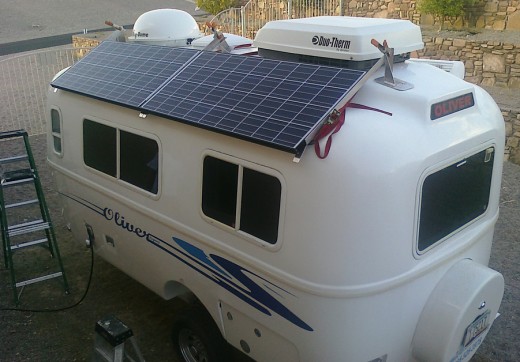
Those were my main three concerns with RVing, parking, safety and exactly how is the RV powered. Thanks to Curtis, Russ and Tina De Aris, and Tyan for creating blogs that addressed my concerns. Now, the hard part – getting financially secured so I can begin RVing full-time.
© 2018 nestle02

